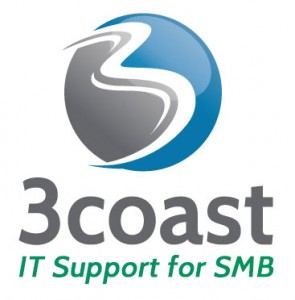Have you ever come into the office and been blindsided by a horde of angry coworkers screaming, “Insert critical IT system here is down again!!” and no one in the office can work?
Enter our hero…the hard-working and dedicated system administrator. He enters the server room and begins diagnosing the problem.
He says, “It looks like the server crashed around 1:00 a.m. from a critical failure.”
Now management is watching the minutes turn into hours of unproductive employee utilization while the IT staff works feverishly to restore service.
If remote network device monitoring had been in place, the IT staff would have been alerted immediately of the failure and could have responded so the impact was avoided during business hours.
While remote network monitoring is extremely valuable for alerting of critical failures, it becomes a strong value-add when used to proactively address issues before they create an unplanned outage. For example, most platforms will generate informational warnings when hard drive space becomes low. This allows the situation to be addressed before the server runs out of space and begins having problems. Couple that with other important services, such as email, CPU and memory performance, network utilization and more to create a proactive approach to maintaining overall system uptime.
Remote monitoring platforms, such as N-able and Level Platforms, can also be used to automate routine tasks such as patch management, asset and license management, support and warranty service tracking and remote support. Powerful reporting functions provide trending information of service metrics to round out the package, giving the information needed to fine-tune system performance and plan for IT investments.